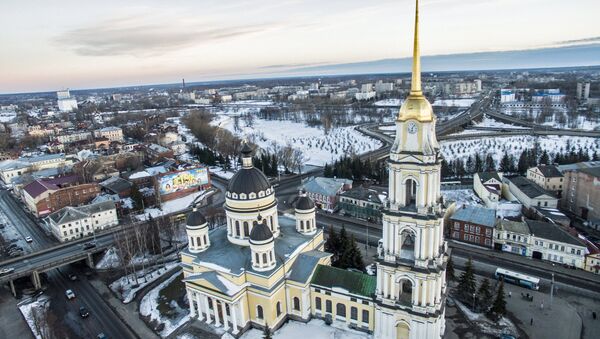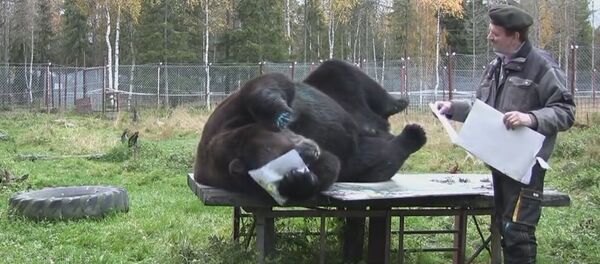As a graduate of the Russian Academy of Arts in St. Petersburg, Kontula-Webb identified the missing painting based on details found in Edelfelt's sketches that predated the final work. The studies are kept in the Ateneum art museum in Helsinki, Finnish national broadcaster Yle reported.
Incidentally, the studies also helped to identify the two children in the painting. The children, who were previously believed to be girls due to their long curly hair and fancy dresses, turned out to be Boris and Kirill, nephews of Tsar Alexander III and sons of his brother Vladimir. The technical description of the picture, which was written in the 1980s, thus proved to be out of date.
Finn Kunsthistorikerin fand "verschollene" Albert #Edelfelt Arbeit aus 1881 per Google i Kunstmuseum i russ. Rybinsk https://t.co/xYZEV9J9mi
— Finnland on Line (@finnland) 19 апреля 2017 г.
The portrait was made in 1881 by the order of Prince Vladimir, who was then the head of the Academy of Arts. It was originally kept in his palace in Tsarskoye Selo, which was the residence of the imperial family at the time. After the 1917 October Revolution, the painting appeared in the Rybinsk Museum in 1921.
The value of the picture has not been appreciated. Other works by Edelfelt fetched up to €120,000 at the Bukowskis auction.
According to the Rybinsk Museum, the newly-found masterpiece could be loaned to Finland for exhibition, but must first undergo restauration.
Rybinsk (population 200,000) is situated in Yaroslavl Oblast north of Moscow. During the imperial times, Rybinsk also played a prominent part in the Swedish Nobel family's proceedings in Russia, housing oil silos and a wharf.




